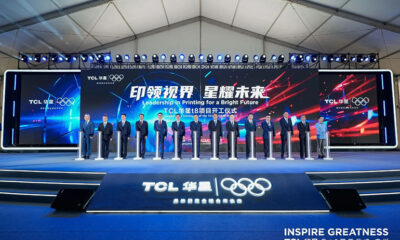Featured
Who Owns TCL? Breaking Down the Brand, Subsidiaries & Global Strategy
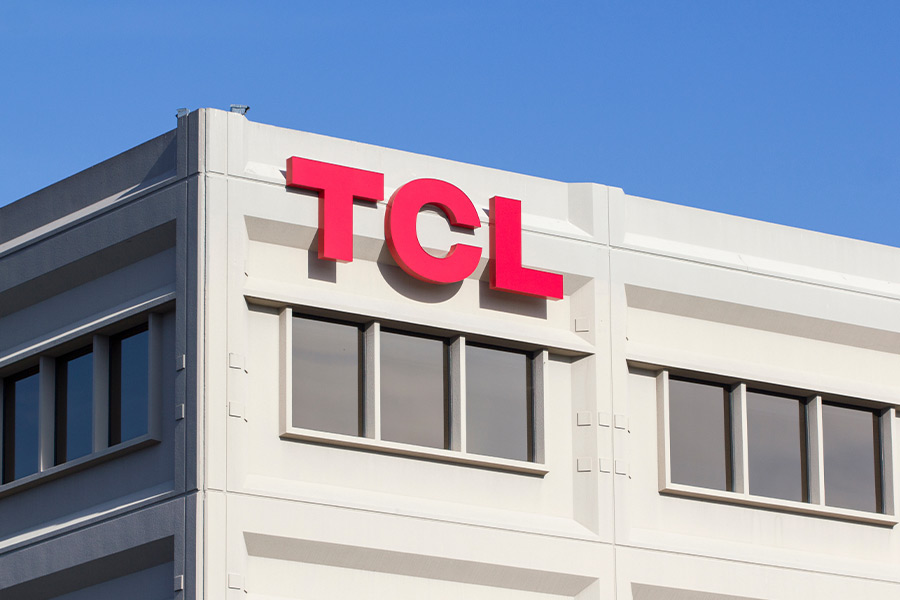
TCL has grown from a regional electronics player in China to one of the top global brands in televisions and smart appliances, but who really owns this sprawling empire, and what exactly does TCL control? The answer is a lot more layered than it might seem.
Public, But With Roots in the State
TCL Technology Group Corporation, the backbone of the TCL brand, is publicly traded on the Shenzhen Stock Exchange under the ticker 000100. But it didn’t start out that way. Founded in 1981 as a state-owned enterprise, TCL has since morphed into a hybrid of public and partially state-backed ownership, with no single majority stakeholder in control.
Founder Li Dongsheng, who remains chairman and has held the CEO role at various times, owns around 3.3% of TCL Technology. Government-linked investment entities such as Huizhou SASAC and Wuhan Optics Valley each hold 2 to 3%, while the majority, over 87%, is publicly held by retail and institutional investors. This mix means TCL operates like a market-driven firm with state influence, a structure that’s common among China’s largest industrial players.
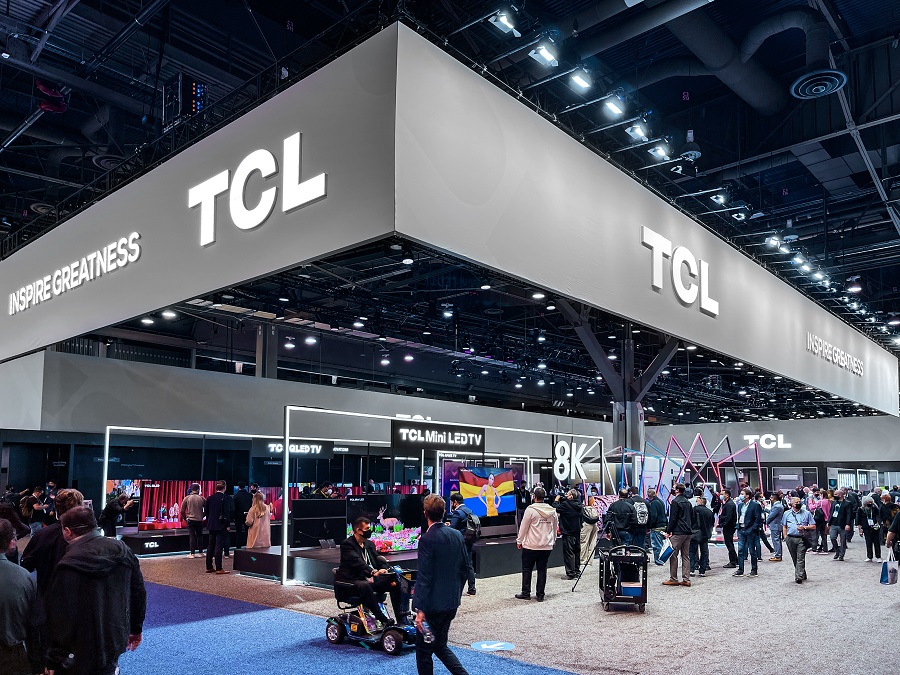
Restructuring the House: The Rise of TCL Holdings
In 2019, TCL underwent a corporate split to sharpen its focus. It spun off its consumer electronics and appliances division into a new entity, TCL Industries Holdings (also known as TCL Holdings), which now oversees TCL Electronics, the TV and smart device arm. Meanwhile, TCL Technology retained control of high-tech ventures like display panel production (via CSOT) and solar energy (via TCL Zhonghuan).
Despite the split, TCL Technology and TCL Industries are closely intertwined. For example, TCL Electronics continues sourcing panels from CSOT, ensuring tight vertical integration in its TV business.
Subsidiaries, Subsidiaries Everywhere
TCL’s structure is a web of subsidiaries that span consumer electronics, component manufacturing, and even renewable energy.
TCL Electronics Holdings (HKEX: 1070) is the most visible face of the brand, making smart TVs, soundbars, and smartphones. It’s also the engine behind TCL’s climb to the number two global spot in TV shipments. TCL Communication, once known for BlackBerry and Alcatel phones, has been folded into this unit.
China Star Optoelectronics Technology (CSOT) sits at the heart of TCL’s display ambitions. It builds LCD, Mini-LED, and OLED panels, not just for TCL TVs but also for other brands. It’s a wholly owned part of TCL Technology and a key reason the company can compete with global giants on price.
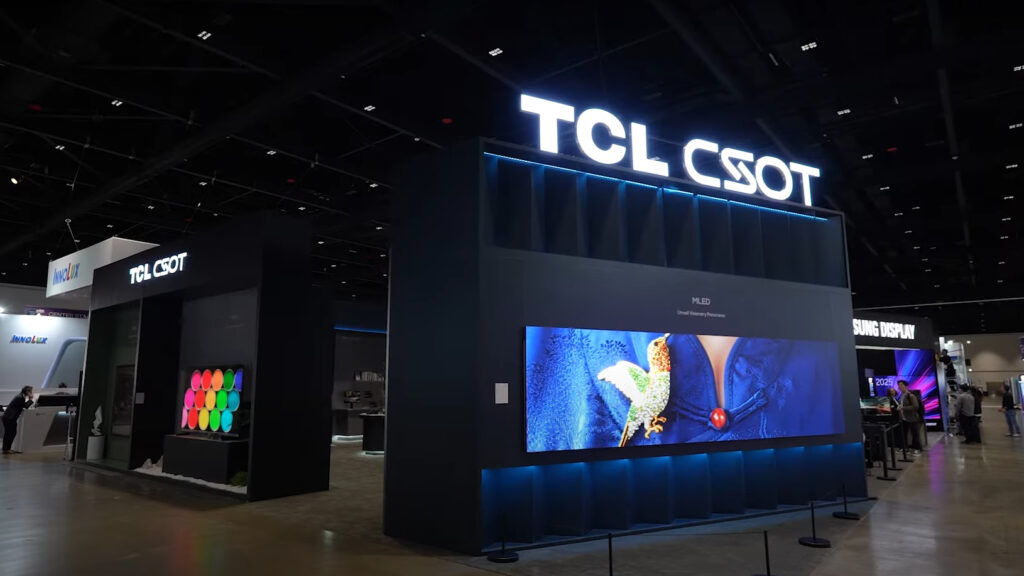
TCL Smart Home (formerly Homa) covers air conditioners, fridges, and washing machines. It’s already among the world’s top four AC brands and the leading refrigerator exporter in China. And it’s backed by smart integrations and large-scale factories in China.
TCL Zhonghuan, acquired in 2020, pushes TCL into solar energy. It produces monocrystalline silicon wafers for solar panels and is quickly becoming central to TCL’s push into renewables and semiconductors.
Other subsidiaries include Tonly Electronics (audio, IoT devices), TCL Environmental Technology (e-waste and recycling), and TCL Financial Services, which collectively round out the group’s diverse portfolio.
Global Strategy: Localized, Scaled, and Brand-Driven
TCL’s expansion outside China has been fast and aggressive. It now operates in over 160 countries and has regional headquarters across six global business zones. The company has set up 20 manufacturing bases, including plants in Mexico, Vietnam, and Poland, to dodge tariffs, shorten supply chains, and serve local markets efficiently.
TCL also invests heavily in global R&D, with over 40 research centers worldwide focusing on AI, display tech, and smart home systems. In North America, TCL’s partnership with Roku turned it into one of the best-selling TV brands in the U.S. In Europe and India, it’s pushing smart appliances and affordable smartphones. And globally, TCL is promoting its own smart TV OS, Lingkong UI, to reduce reliance on Google and Roku.
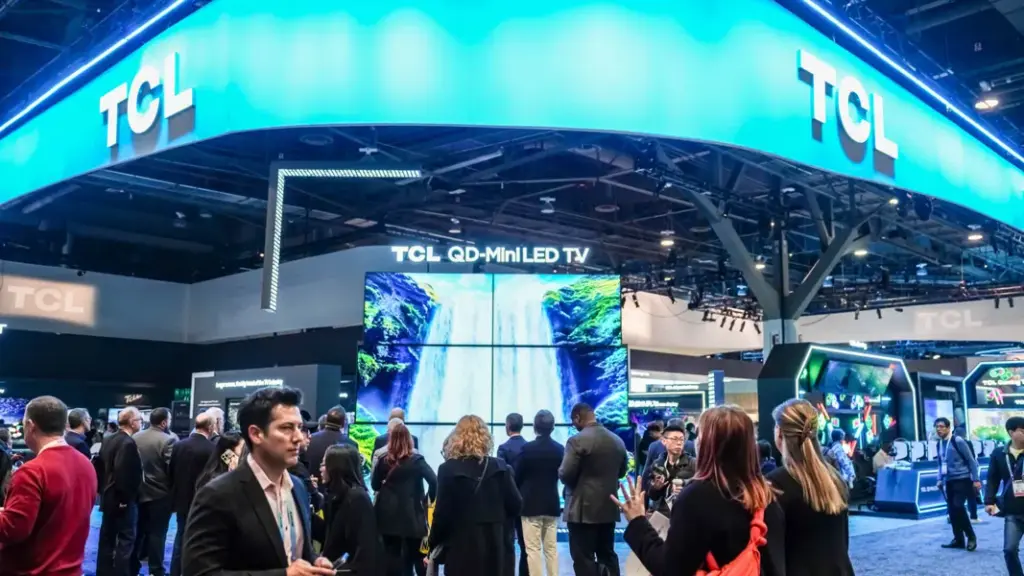
The brand strategy? Mass-market affordability wrapped in next-gen features. Whether it’s budget-friendly Mini-LED TVs or the paper-like NXTPAPER phone displays, TCL’s message is clear: tech doesn’t have to be expensive.
Bottom Line
TCL’s ownership is split between founder Li Dongsheng, state-backed funds, and a wide public float. But in practical terms, the brand is steered by a mix of private ambition and state alignment. Through subsidiaries like CSOT, TCL Electronics, and TCL Zhonghuan, the company balances consumer-facing innovation with serious upstream tech investment.
It’s not a traditional tech giant like Samsung or LG, but it’s gaining ground fast. And if TCL continues executing its global strategy, it may not be long before this hybrid-owned Chinese conglomerate becomes a household name far beyond the TV aisle.
In related news, TCL CSOT sets its sights on dominating the esports display market, stepping beyond its role as a panel supplier. Also, we recently explored TCL NXTPAPER technology and how it compares to AMOLED and IPS in terms of eye comfort.
Featured
What’s the Best Value for Money 65-inch TCL TV in 2025?
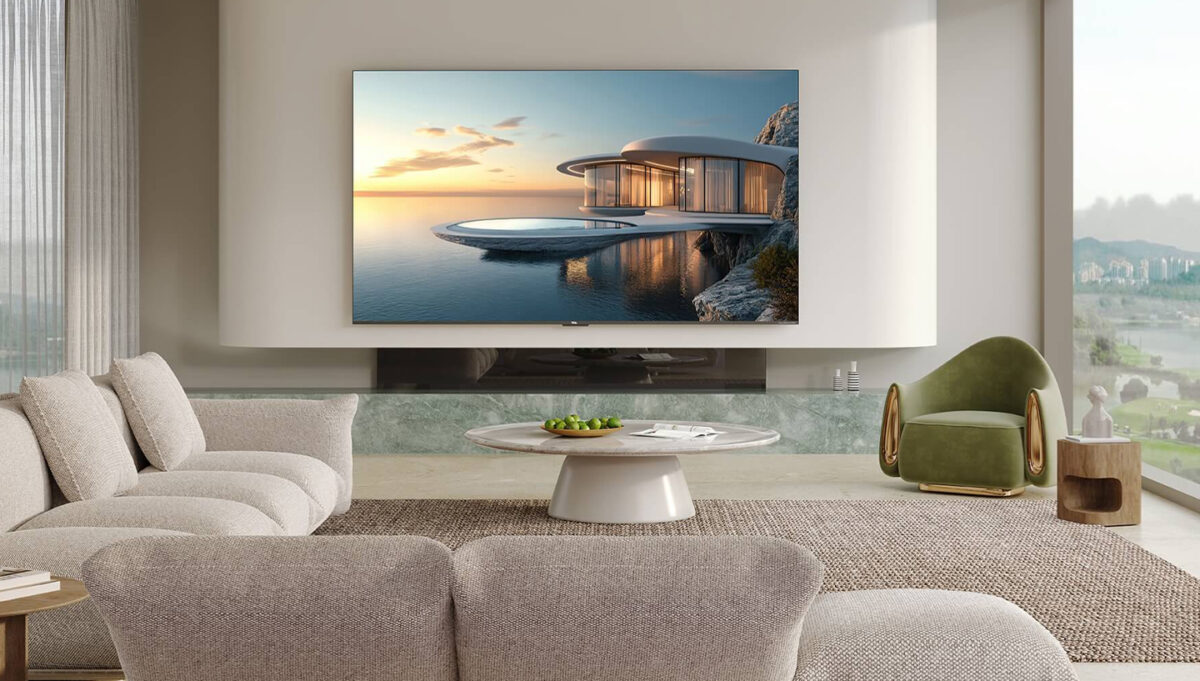
In today’s competitive television market, finding the perfect balance between premium features and affordable pricing has become increasingly challenging. For 2025, TCL has emerged as a standout manufacturer offering exceptional value in the 65-inch TV category, particularly with their QD-Mini LED lineup that delivers flagship-level performance without the flagship price tag. Whether you’re shopping for your first 65-inch TCL TV or upgrading from an older model, the current lineup presents compelling options for every budget.
What Defines “Value-for-Money” in 2025?
The modern definition of value extends far beyond just having the lowest price. Today’s value-conscious consumers expect several key features in a TCL 65 inch TV: strong HDR performance with high peak brightness for excellent daytime viewing, modern gaming capabilities including 120-144Hz panels with HDMI 2.1/VRR/ALLM support, quality contrast ratios with effective local dimming for deep blacks, a robust smart platform with ongoing software support, and competitive pricing that doesn’t sacrifice essential features.
TCL QM7K: The Sweet Spot Champion
After extensive market analysis and expert reviews, the TCL QM7K (65-inch) emerges as the best overall value for most buyers in 2025. According to our analysis, the QM7K offers the optimal performance-to-price ratio.
Priced at $999 but normally available around $850 at major retailers, the QM7K delivers impressive specifications that rival TVs costing significantly more. The television features TCL’s advanced QD-Mini LED technology with up to 2,500 local dimming zones, HDR peak brightness of 2,600 nits, and a native 144Hz refresh rate with Game Accelerator 288 for responsive gaming.
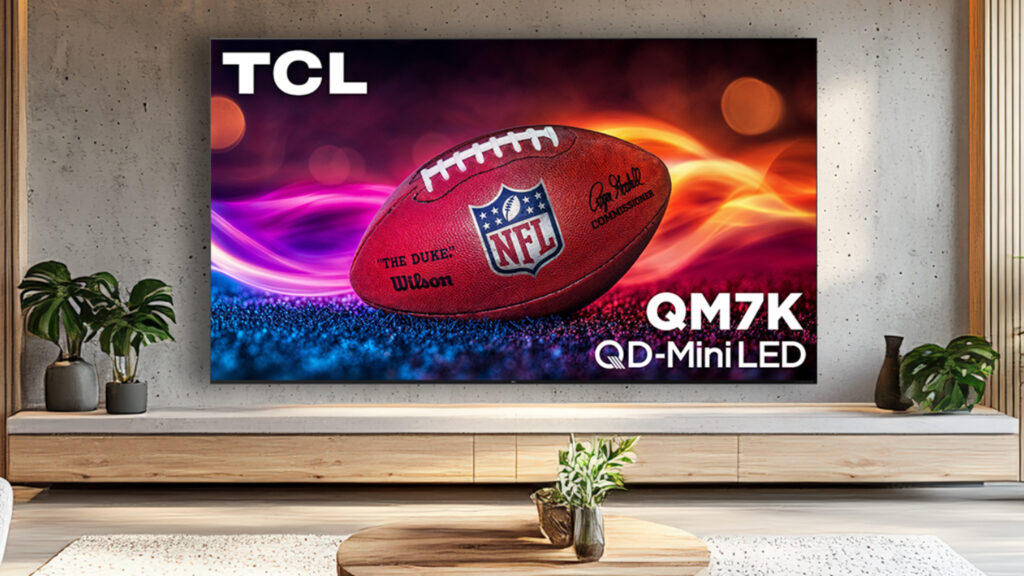
The Competition: QM8K vs QM6K
While the flagship QM8K is priced at $1,499, this premium model commands nearly double the QM7K’s current street price. The QM8K does offer superior peak brightness (up to 5,000 nits) and more local dimming zones (3,800+), but these improvements provide diminishing returns for most viewing scenarios.
On the budget end, the 2025 TCL QM6K right now is our choice for the best value TV in 2025, offering Mini-LED technology at entry-level pricing around $600-700. However, the QM6K makes notable compromises in peak brightness and dimming zone count that become apparent during demanding HDR content.
Why the QM7K Hits Different
The QM7K’s appeal lies in its comprehensive feature set without major compromises. You get TCL’s latest CrystGlow HVA panel technology for enhanced contrast, Bang & Olufsen audio tuning for superior sound quality, Google TV smart platform with regular updates, and comprehensive gaming features including AMD FreeSync Premium Pro support. The television also includes premium design elements like ultra-slim construction and seamless wall mounting capabilities.
For most consumers, the QM7K provides 90% of the flagship QM8K experience at roughly 60% of the cost. The brightness difference (2,600 vs 5,000 nits) is less noticeable in typical home environments, while the core Mini-LED local dimming technology remains equally impressive across both models.
The Bottom Line
In 2025’s competitive landscape, the 65-inch TCL QM7K represents the best value proposition for buyers seeking premium TV performance without premium pricing. For anyone shopping for a TCL 65 inch TV, this model delivers flagship-level features, modern gaming support, and impressive picture quality that satisfies both casual viewers and enthusiasts. At current sale prices under $900, it provides exceptional value that’s hard to match. While budget buyers might consider the QM6K and those wanting absolute best performance should look at the QM8K, the QM7K occupies that crucial middle ground where performance meets affordability most effectively.
TCL 65-Inch Class QM7K Series QD-Mini LED 4K UHD Google Smart TV
- 65-inch QD-Mini LED 4K Ultra HD display
- 2,500 local dimming zones, HDR2600 brightness
- 144Hz refresh, VRR, ALLM, FreeSync Premium Pro
- Google TV with Dolby Atmos and B&O audio
In related news, we recently broke down TCL’s SQD-Mini LED technology, highlighting why it sets a new benchmark for Mini LED displays.
Featured
TCL SQD-Mini LED Tech Explained: New Benchmark for Mini LED Displays

TCL SQD-Mini LED (Super Quantum Dot Mini LED) technology is the company’s most ambitious evolution of Mini LED to date. Debuting with the flagship X11L series, this new display tech is designed to overcome the limitations of conventional RGB-Mini LED systems by delivering better color accuracy, more efficient light control, and higher brightness, all while allowing for ultra-slim TV designs.
In traditional RGB-Mini LED setups, backlighting is achieved using red, green, and blue LEDs grouped together to form white light. While this allows for rich colors, it comes with downsides—namely, the potential for color bleeding, limited zone density due to complex layouts, and inconsistent performance when rendering mixed-color scenes.
SQD-Mini LED solves this by switching to a single-type blue LED light source, which passes through a high-density layer of upgraded quantum dots. These dots convert the blue light into red and green wavelengths, which are then blended to produce full-spectrum white light. The result is purer, more stable colors with minimal distortion.
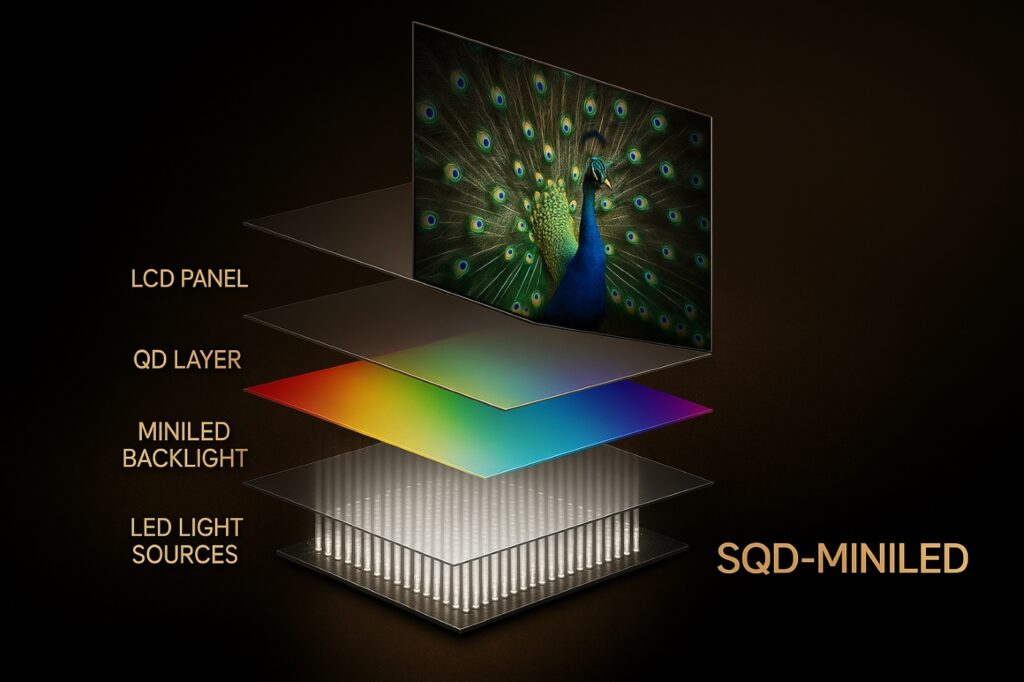
Unlike RGB-Mini LED, which achieves only localized high color gamut (often peaking at around 97% BT.2020), TCL’s SQD-Mini LED panel delivers a true global high color gamut, reaching 100% BT.2020 across the entire screen. It maintains consistent accuracy whether the scene is monochromatic or multi-colored. Because each pixel’s color generation process remains uniform, there’s no shift or compromise during complex scenes.
This architecture also makes the backlight more compact and thermally efficient. A single chip can replace a cluster of three RGB LEDs, allowing more dimming zones within the same area. In the case of the X11L, the 98-inch version reaches 20,736 zones—an industry-leading figure. Brightness is another strong point, with peak levels hitting 10,000 nits, ideal for true HDR playback.
SQD-Mini LED also enables thinner TVs. The X11L is just 2cm thick, making it the slimmest Mini LED TV ever. In short, TCL’s SQD-Mini LED is not just a refinement of Mini LED; it’s a full-stack rethinking designed to rival OLED in color precision while surpassing it in brightness and durability.
In related news, we recently explored TCL’s strategy to dominate the Indian TV market in 2025. Check it out as well.
Featured
How TCL Plans to Dominate Indian TV Market in 2025
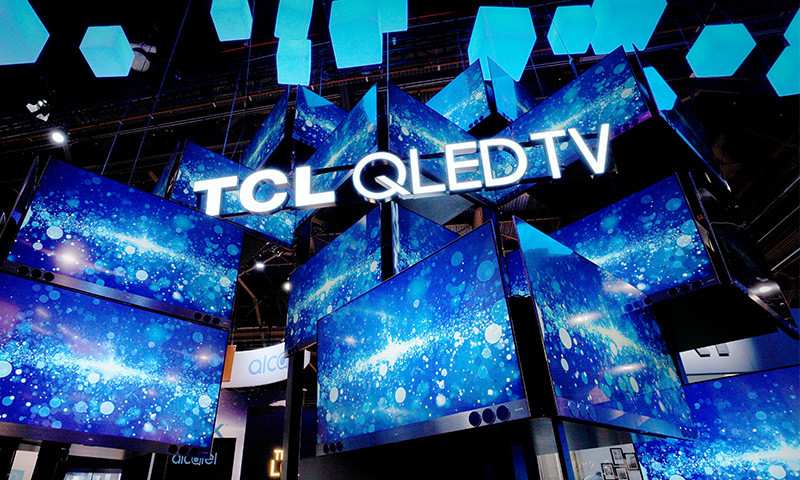
India has long been a challenging market for premium TV brands. It’s not that Indian consumers aren’t tech-savvy or interested in high-end experiences—they just want value. And in a country where a 55-inch 4K HDR TV can still feel like a luxury, paying top dollar for branding rather than substance doesn’t sit well. It’s why TCL’s timing couldn’t be better. As legacy smartphone brands like OnePlus and Realme quietly bow out of the TV space, TCL India is charging in, not just with big screens but with an even bigger ambition: to dominate India’s television market by offering high-spec hardware at game-changing prices.
The brand’s goal? 10% market share by the end of 2025. That may sound like a stretch for a company that started the year with just 6%, but everything TCL is doing right now suggests they’re not here to make up the numbers. They’re here to lead.
Local Manufacturing
Unlike the smartphone brands that once dabbled in the TV space through contract manufacturing and low-margin bets, TCL has invested heavily in India itself. Its Tirupati manufacturing facilities in Andhra Pradesh are a $3.2 billion statement that says “We’re local now.” And being local doesn’t just cut down on costs and logistics. It enables TCL to react faster to market demands and dodge the tariff issues that still plague competitors relying on imports.
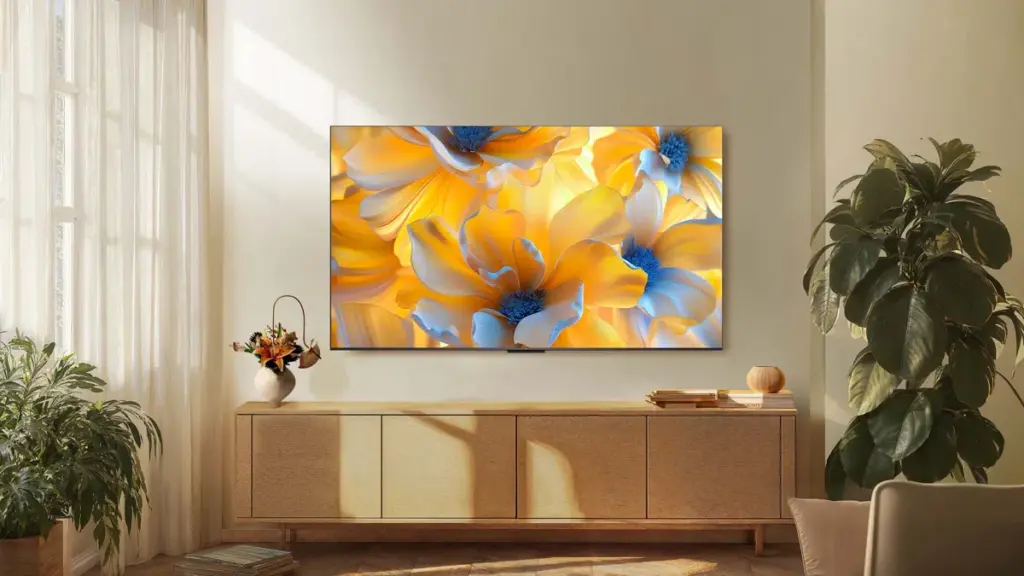
It also gives TCL the leverage to price aggressively. Undercutting Samsung’s Crystal series, out-speccing Xiaomi’s budget sets, and offering tech like Mini-LED that was once reserved for five-figure TVs in metro showrooms. By going all in on Indian production, TCL is reshaping its supply chain not around export logistics but around Indian living rooms.
TCL Wants to Be Seen as Premium Too
In early 2025, TCL debuted the world’s largest Mini-LED TV, the 115X955 Max, in India. That’s not normal. Flagships like this usually get launched in New York or Shanghai. But TCL chose New Delhi. Not because it expects to sell thousands of ₹30 lakh (~$36,000) TVs, but because it wanted to send a message. India is no longer just a mid-tier dumping ground. For TCL, it’s now a priority market where the brand can flex its global innovation muscles.
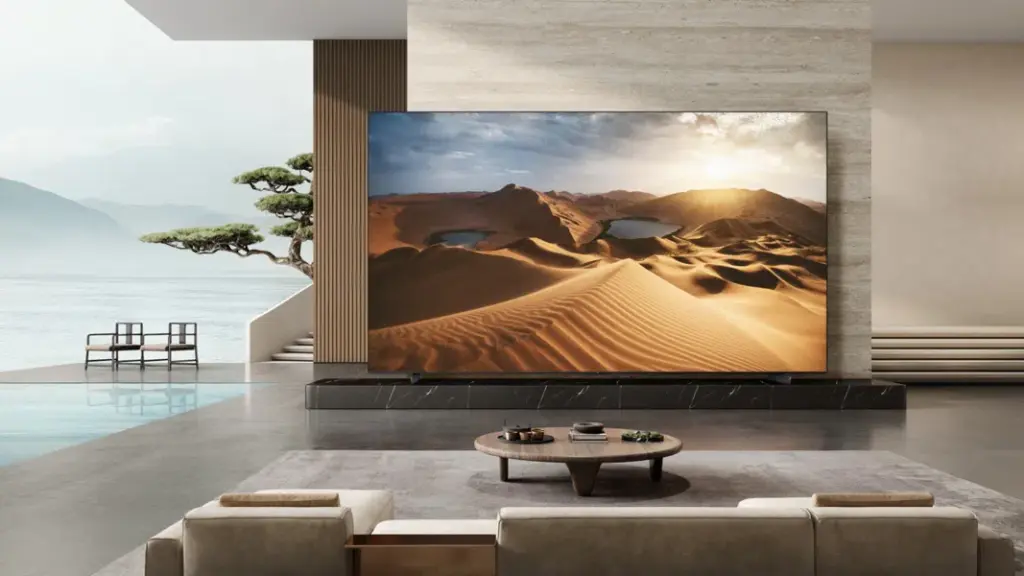
This halo product isn’t just about wowing the ultra-rich. It elevates the entire brand perception. If TCL can build a 115-inch Mini-LED with 20,000 dimming zones and Onkyo-tuned 6.2.2 audio, it can definitely build a great 55-inch QLED for your living room. That’s the subliminal pitch.
Giving Buyers More for Less
TCL’s real battlefield is the mid-range, and here the company is pulling every trick in the book. A 55-inch QLED 4K TV with Dolby Vision, 144Hz VRR, and Mini-LED backlighting at under ₹75,000 ($850)? That’s not normal. Competitors charge nearly double. TCL’s approach is clear. Match or beat flagship specs while pricing like an upper mid-range option. The C755 series, for example, blurred lines between affordable and premium so well that consumers began comparing them to LG OLEDs and Samsung Neo QLEDs, not Xiaomi or Vu.
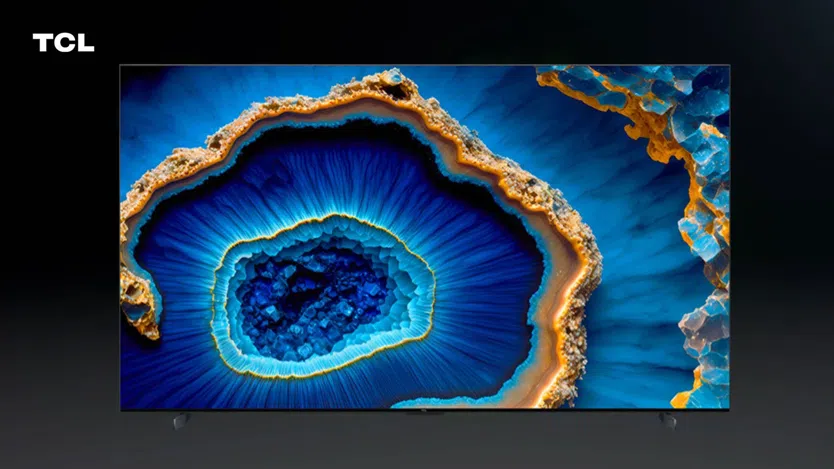
And TCL’s not stopping there. The 2025 roadmap includes the flagship X-series and refreshed C8, C7, and C6 lineups. Ranging from ultra-premium Mini-LED monsters to leaner 4K smart TVs with Google TV, far-field voice, and built-in Onkyo audio. All of them are expected to hit multiple price tiers, giving Indian buyers choice without compromise.
It’s Not Just About the TV. It’s About the Ecosystem
TCL is also playing smart with localization. Nearly 80% of its marketing budget is going into digital, with cricket-heavy campaigns and regional influencer tie-ins. Rohit Sharma as brand ambassador doesn’t just add star power. It anchors the brand emotionally. It’s trying to become “the people’s brand” the way Xiaomi once was for phones.
More importantly, TCL is making sure its TVs feel native. From regional OTT integration to cricket-friendly display tuning and AI-enhanced picture engines like its AiPQ processor, the company wants to convince Indian users that these TVs aren’t just ported Chinese products. They’re built for India.
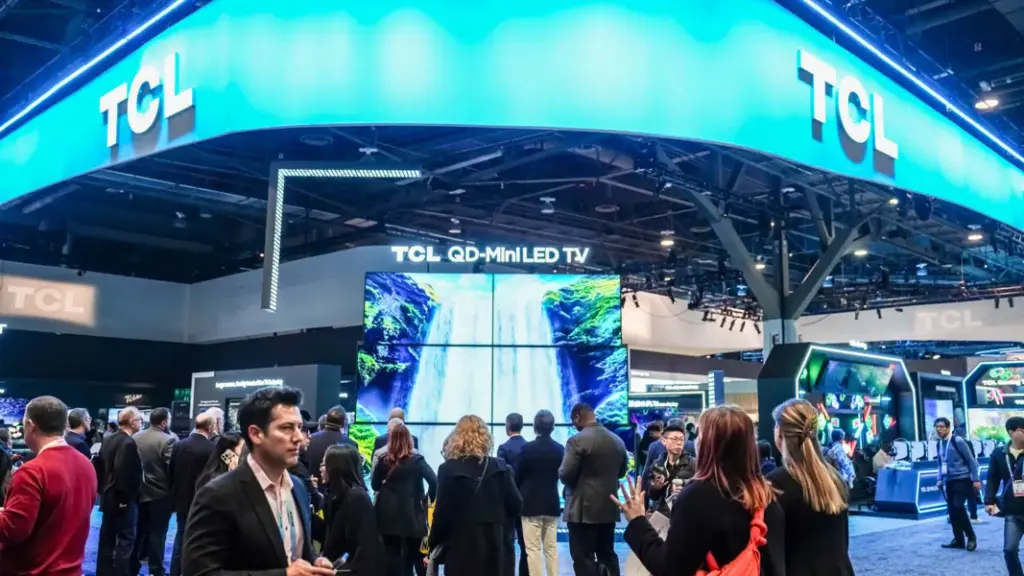
Can TCL Win the War?
TCL isn’t alone in this race. Hisense is also gunning for the same value-premium sweet spot. Samsung and LG are counter-punching with discounted Crystal and NanoCell lineups. Even Xiaomi, though slower now, is still a serious online force.
But TCL’s edge is scale and manufacturing strength. Unlike smartphone brands that faded when margins shrank, TCL controls its stack. R&D, supply chain, panel sourcing, and even factory operations. It knows how to win a low-margin, high-volume war because it’s done it in North America before.
If it stays focused on quality control, nails after-sales service, and keeps the pressure on pricing, TCL could not only hit its 10% market share goal but also change what Indians expect from their TVs altogether.
In related coverage, we recently talked about what makes the TCL QM9K TV special and highlighted how TCL dominated IFA 2025 with a series of smart tech awards.





